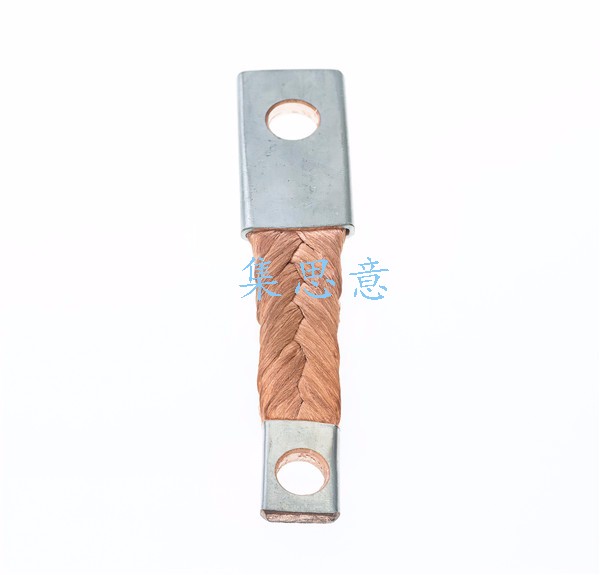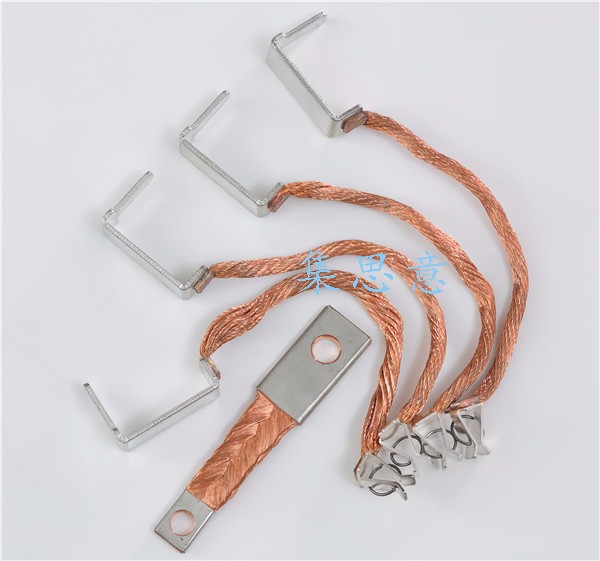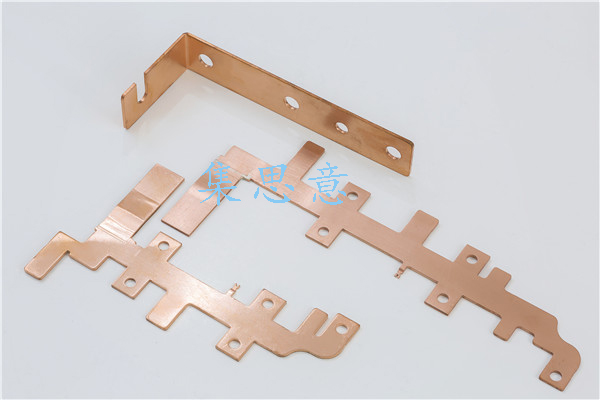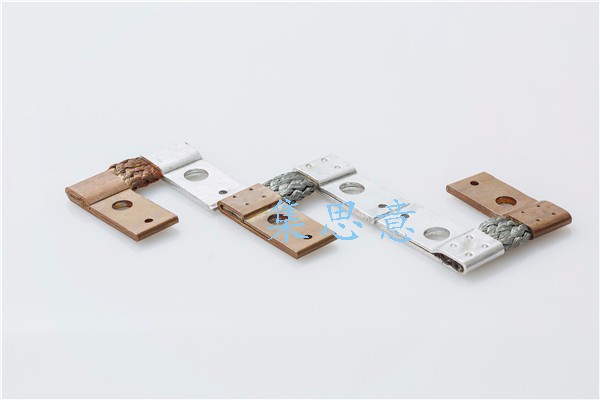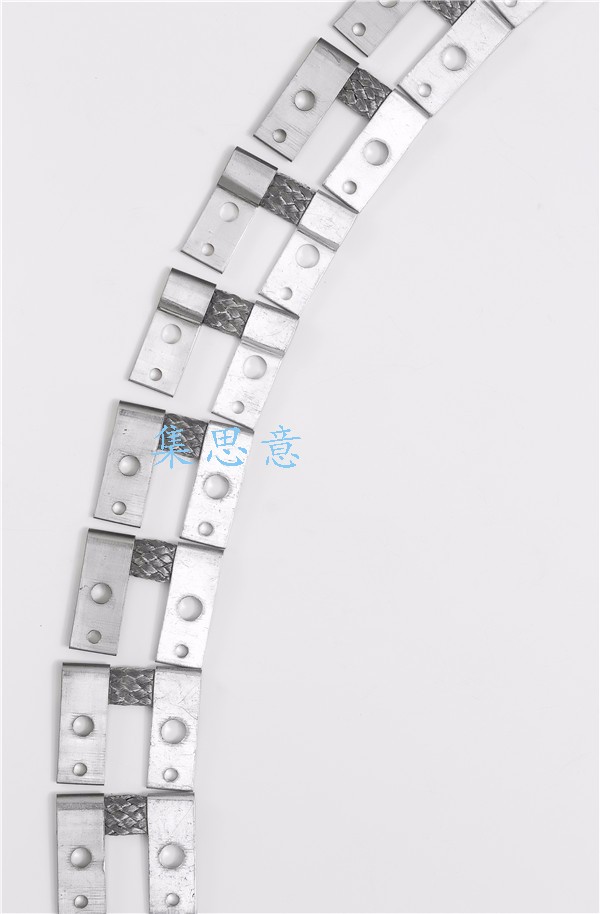Inspection of appearance, diameter, elongation and resistivity of tinned copper strand
The quality of tinned copper strand must be strictly inspected before packaging, and the specific inspection standards must be carried out in strict accordance with the relevant requirements, mainly involving the appearance inspection of tinned copper strand, wire diameter inspection, elongation inspection and resistivity inspection, etc., which is a qualified tinned copper strand must be verified.
When checking the appearance of tinned copper strand wire, it is required that the surface is smooth, no black lines, no random lines, no pitting, no oxidation, no scratches, no bad tinning, no diagonal lines, no hand joints, no hand marks. At the same time to achieve good, uniform line, no pile edge, underedge, no strand; And moderate tension; After rolling, the surface of the copper wire has no sticky ash phenomenon.
The wire diameter of tinned copper stranded wire should be in accordance with the general standard, and customers have special requirements according to their requirements. Before testing, the micrometer should be adjusted to zero; Then the tinned copper strand to be tested is placed outside the clip of the micrometer, and the end of the micrometer is twisted with appropriate force; The reading of the micrometer can be observed after hearing three sounds. This should be repeated to check the second and third readings can be consistent.
When the elongation of tinned copper strand is tested, the elongation tester is required. When the reading displayed by it is zero, gently open the clip, put one end of the tinned copper strand into the induction clip, press down the induction clip, gently straighten the tinned copper strand and put the other end into another induction clip, press down the induction clip to clamp the copper wire firmly, and press the test key. After the induction clamp pulls the copper wire and stops moving, the reading at this time is the elongation of the tinned copper strand.
The tinned copper strand is, of course, tested by a resistivity tester, and the induction clamp on both sides is clamped to observe whether the reading is zero. When the reading is 0, take a long section of tinned copper stranded wire and clamp the two ends of the copper wire with two induction clips respectively. The detected copper wire shall not contact with any metal items, and press the test key. The reading obtained at this time is not the resistivity, but also needs to be calculated according to the relevant formula.
When checking the appearance of tinned copper strand wire, it is required that the surface is smooth, no black lines, no random lines, no pitting, no oxidation, no scratches, no bad tinning, no diagonal lines, no hand joints, no hand marks. At the same time to achieve good, uniform line, no pile edge, underedge, no strand; And moderate tension; After rolling, the surface of the copper wire has no sticky ash phenomenon.
The wire diameter of tinned copper stranded wire should be in accordance with the general standard, and customers have special requirements according to their requirements. Before testing, the micrometer should be adjusted to zero; Then the tinned copper strand to be tested is placed outside the clip of the micrometer, and the end of the micrometer is twisted with appropriate force; The reading of the micrometer can be observed after hearing three sounds. This should be repeated to check the second and third readings can be consistent.
When the elongation of tinned copper strand is tested, the elongation tester is required. When the reading displayed by it is zero, gently open the clip, put one end of the tinned copper strand into the induction clip, press down the induction clip, gently straighten the tinned copper strand and put the other end into another induction clip, press down the induction clip to clamp the copper wire firmly, and press the test key. After the induction clamp pulls the copper wire and stops moving, the reading at this time is the elongation of the tinned copper strand.
The tinned copper strand is, of course, tested by a resistivity tester, and the induction clamp on both sides is clamped to observe whether the reading is zero. When the reading is 0, take a long section of tinned copper stranded wire and clamp the two ends of the copper wire with two induction clips respectively. The detected copper wire shall not contact with any metal items, and press the test key. The reading obtained at this time is not the resistivity, but also needs to be calculated according to the relevant formula.

